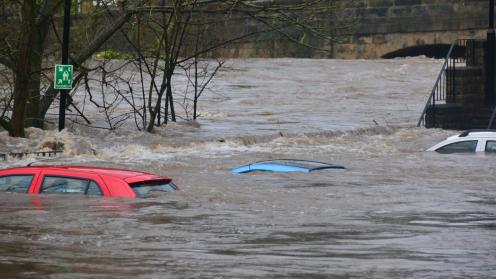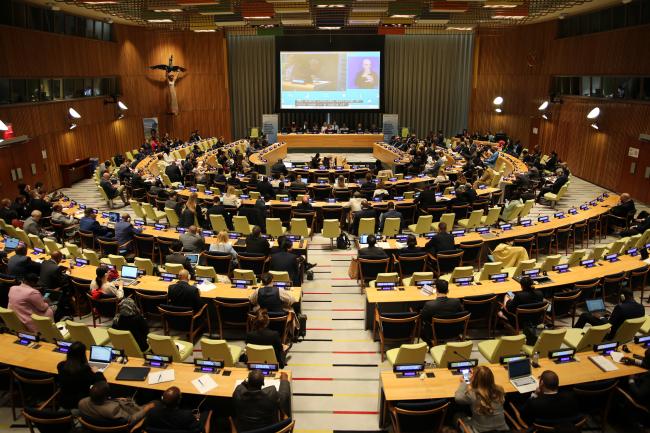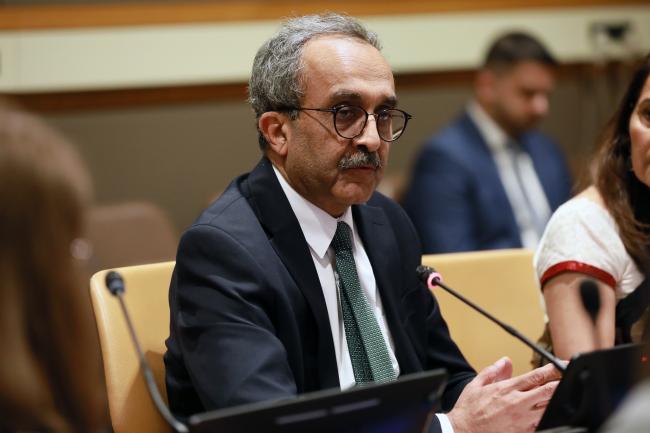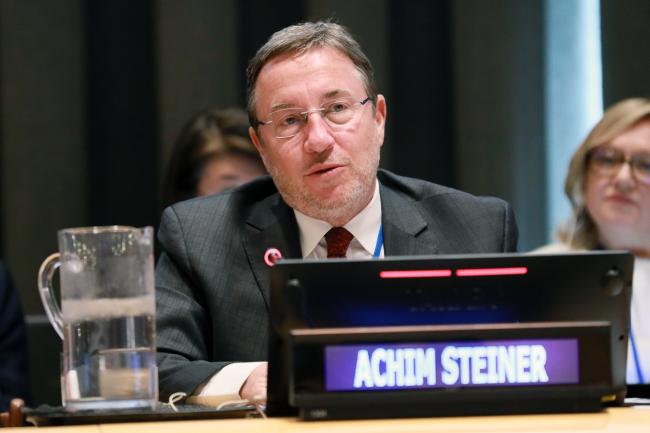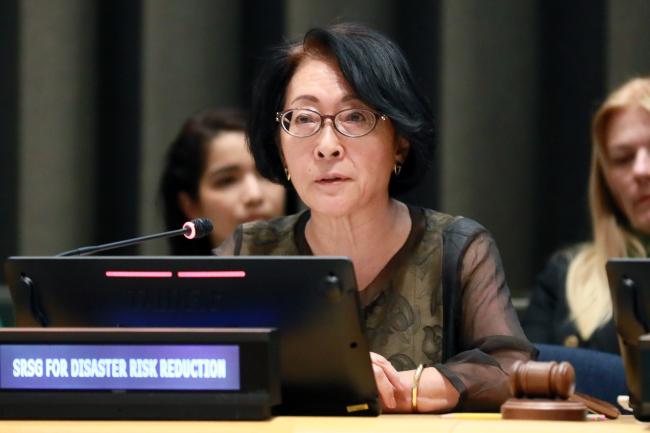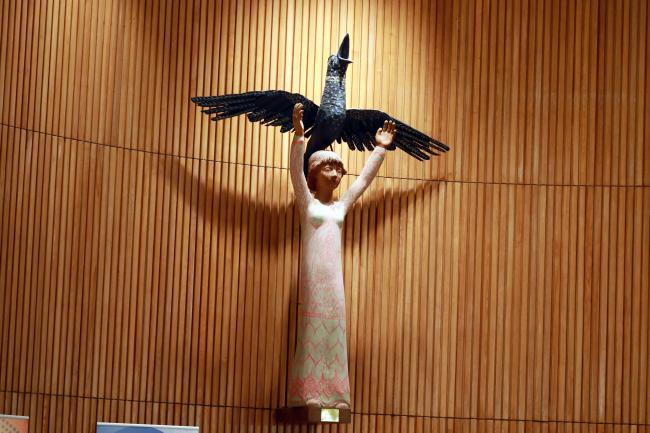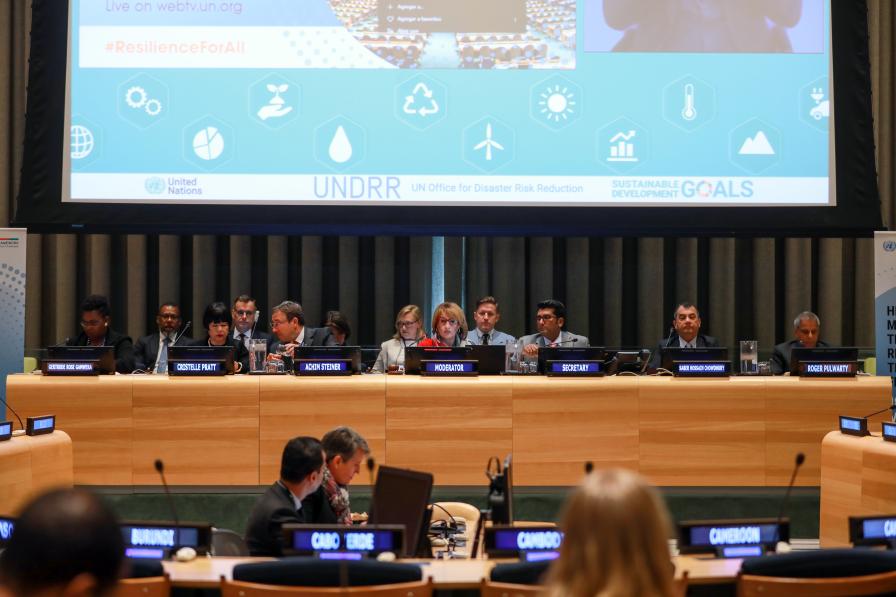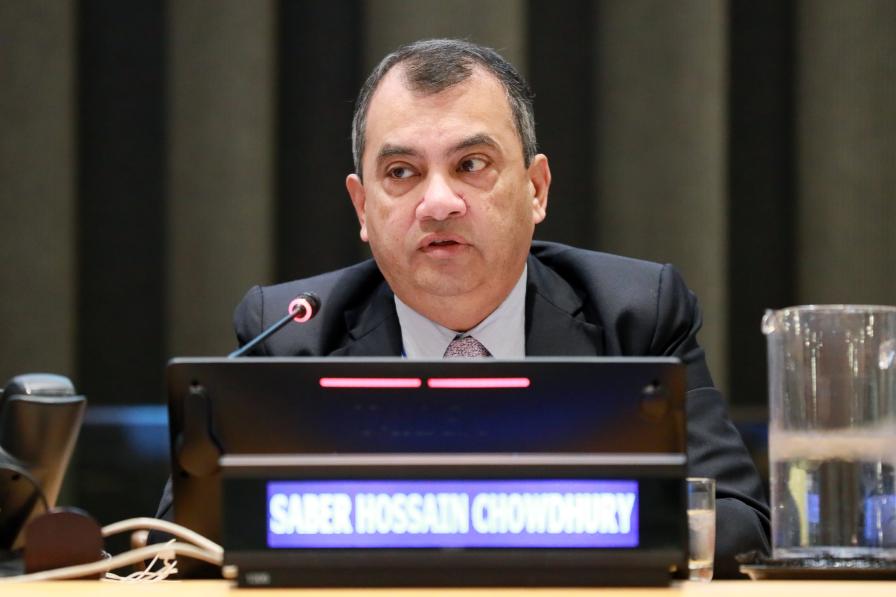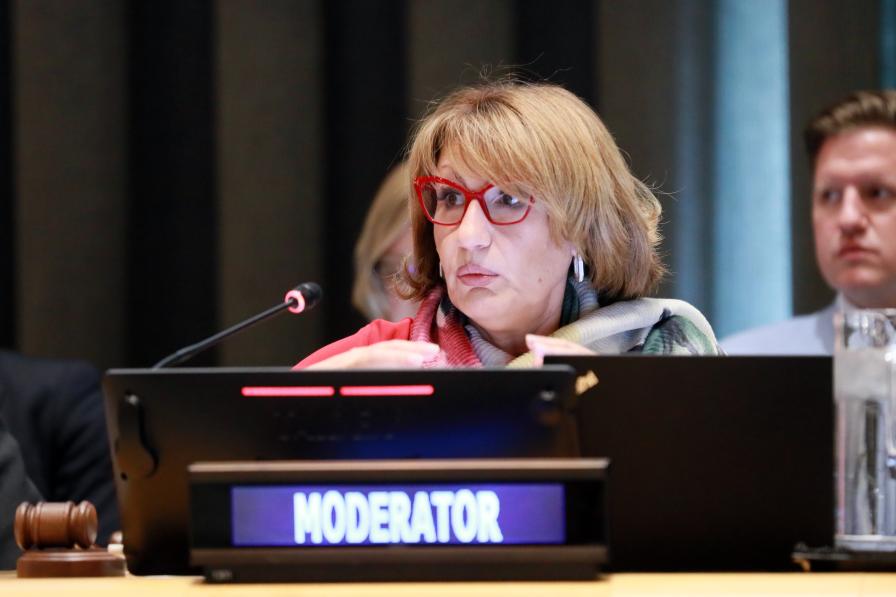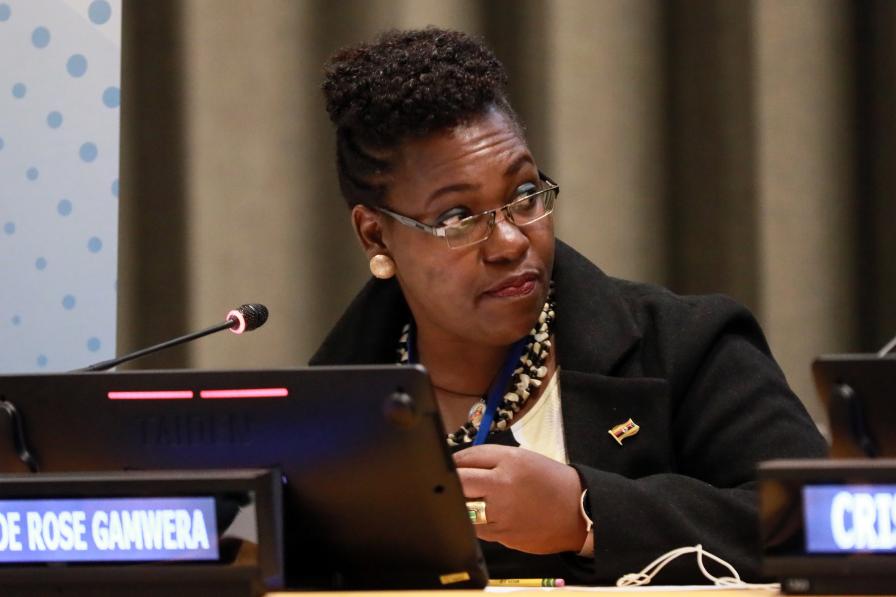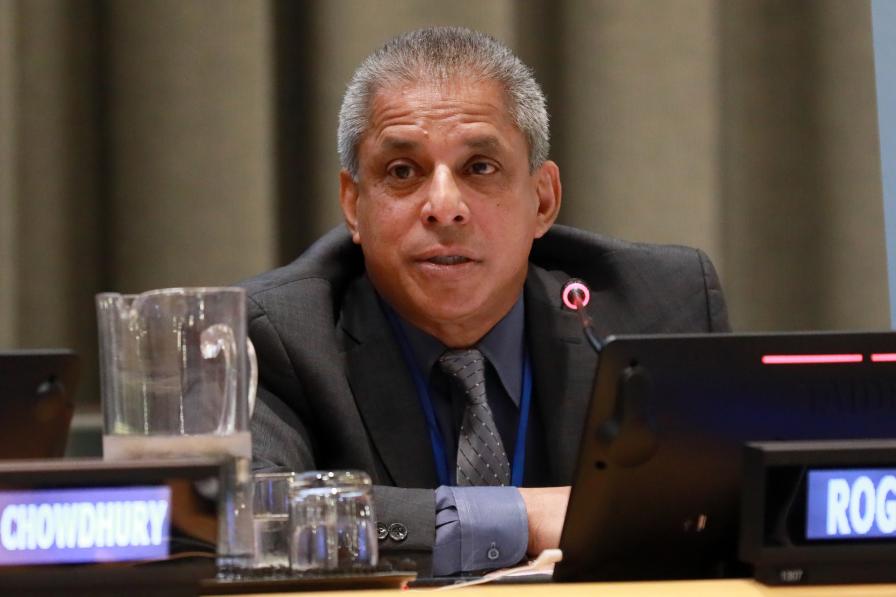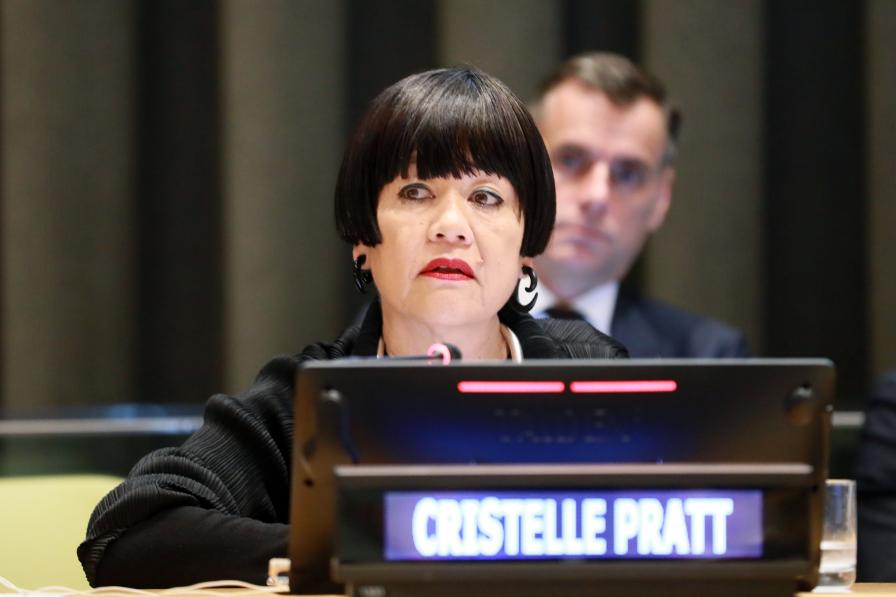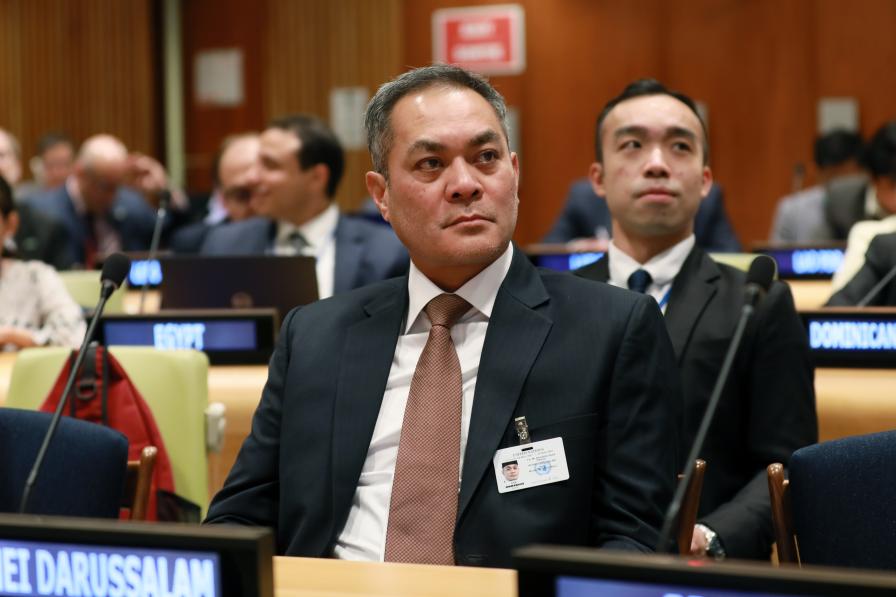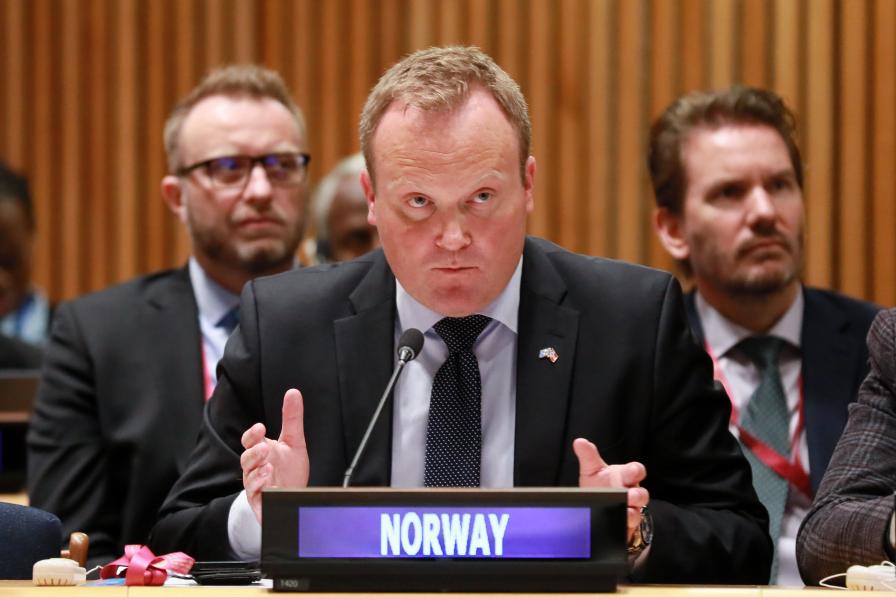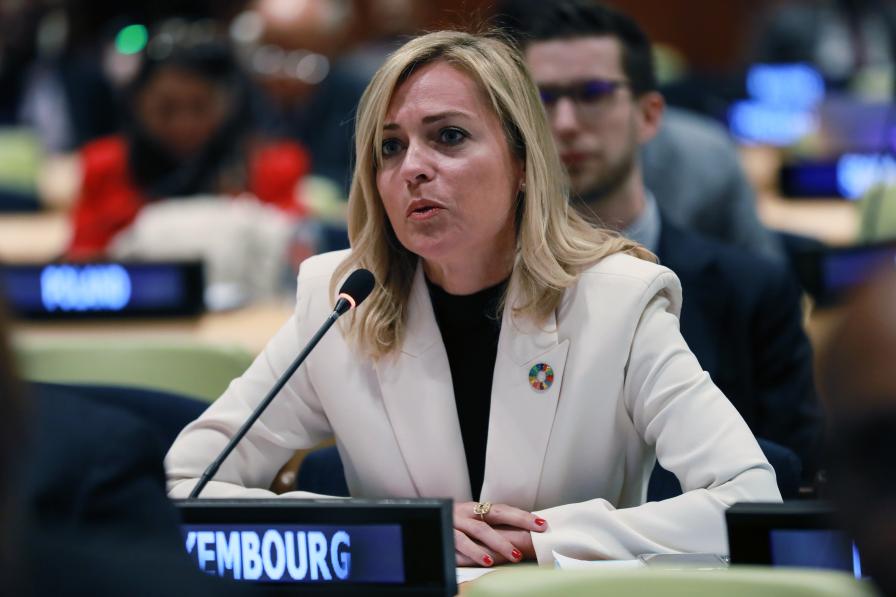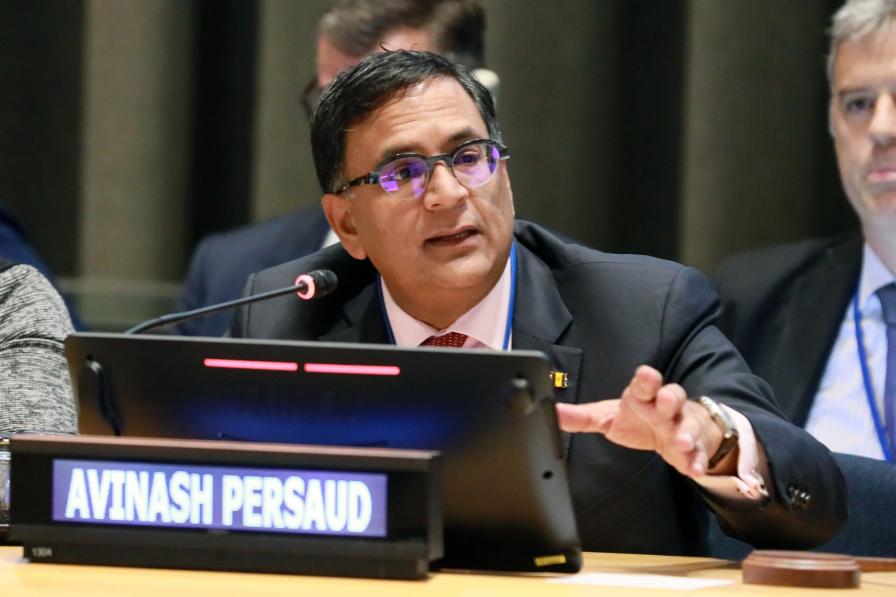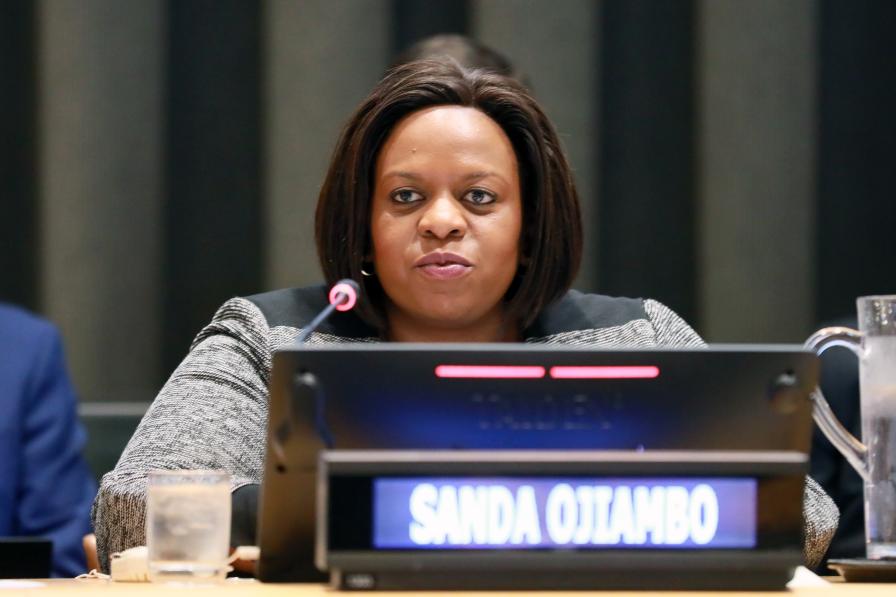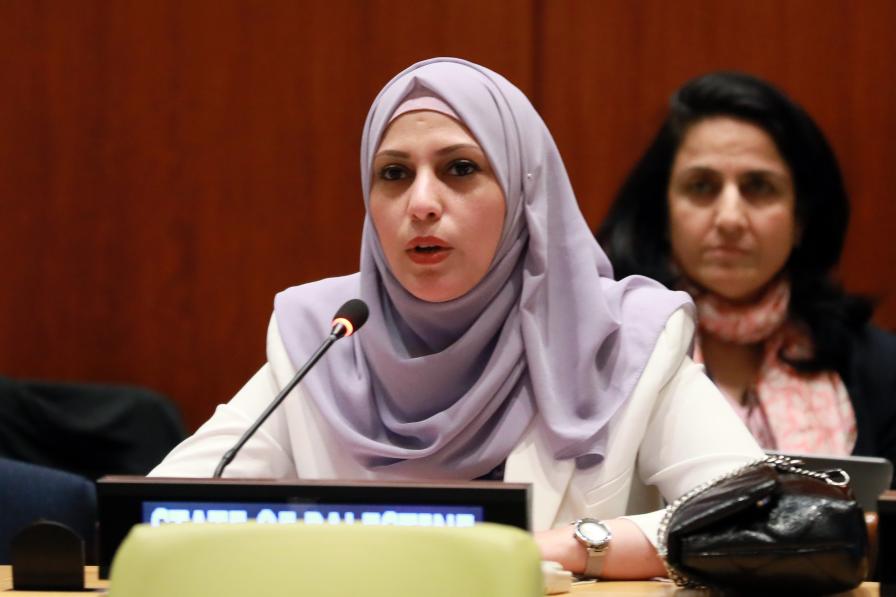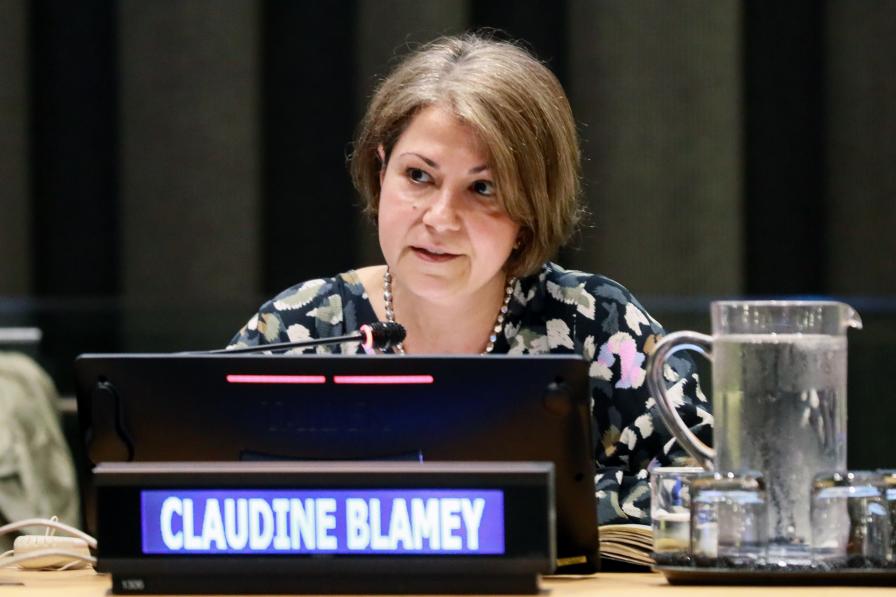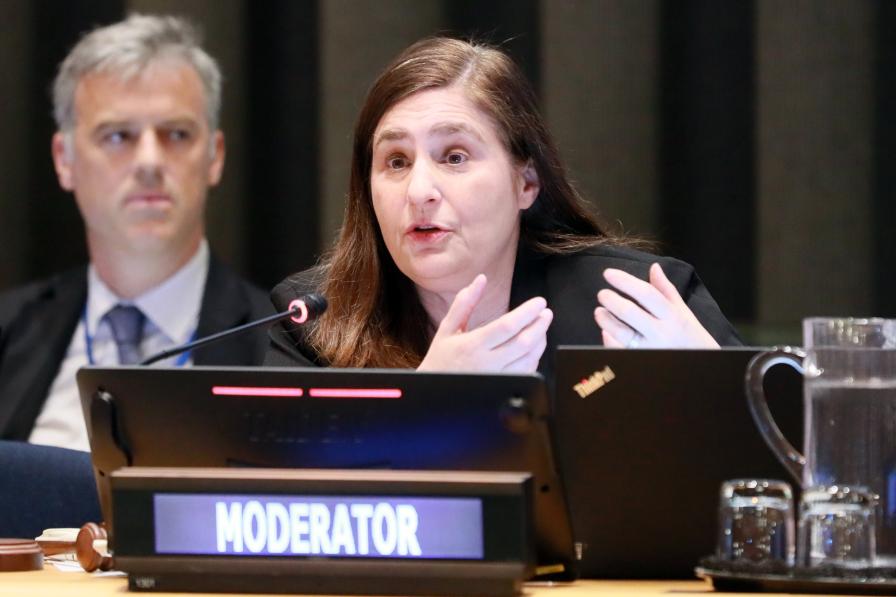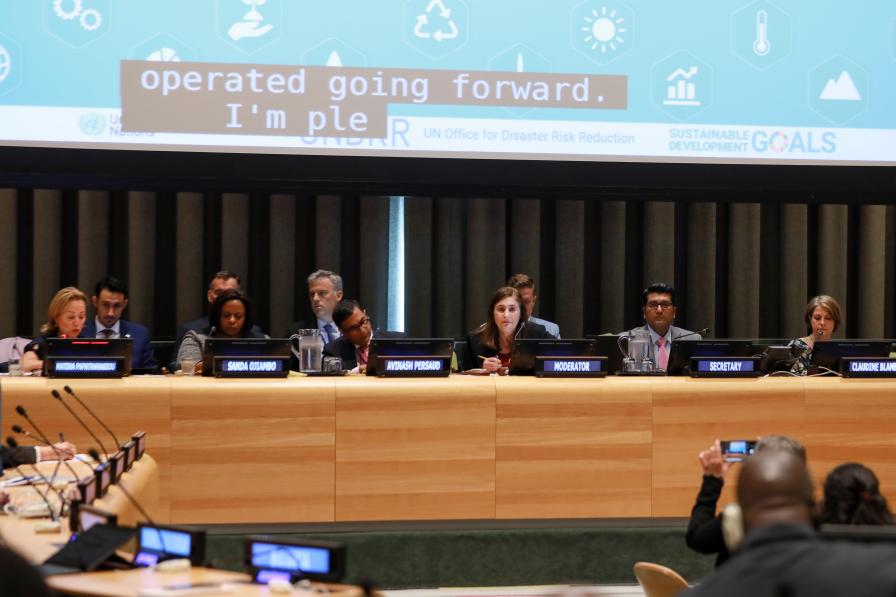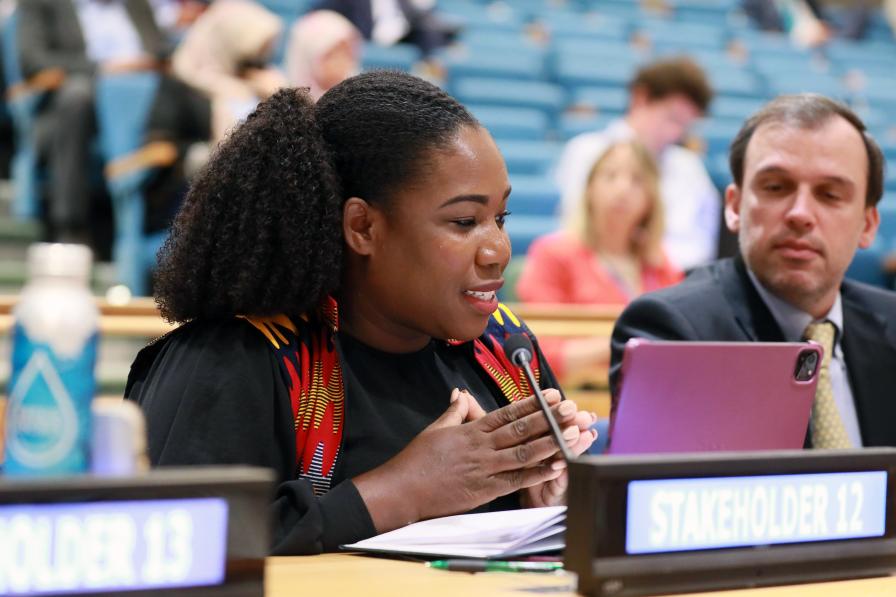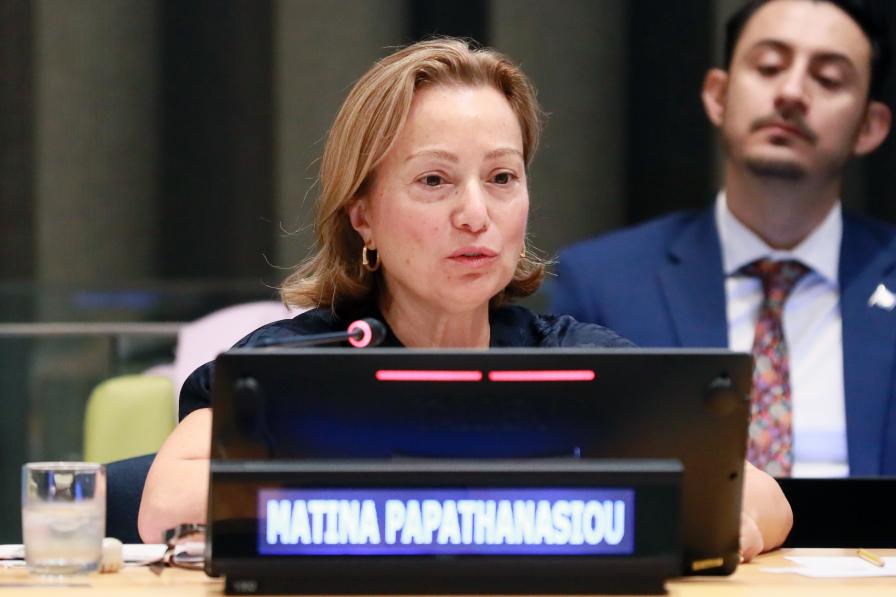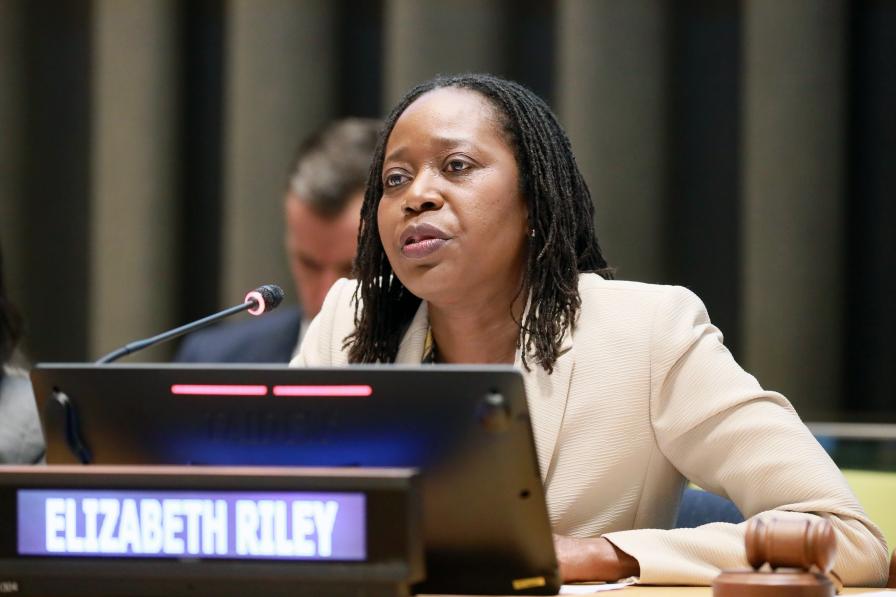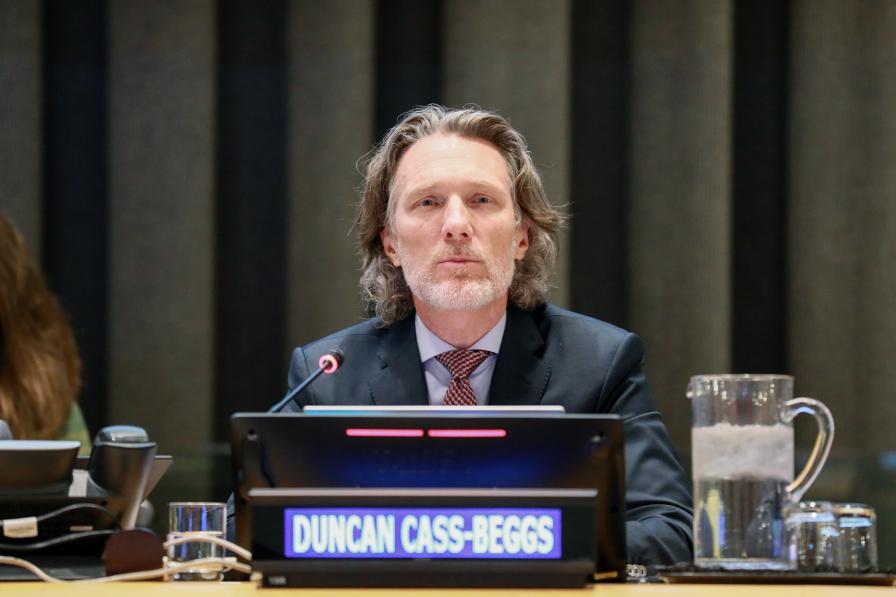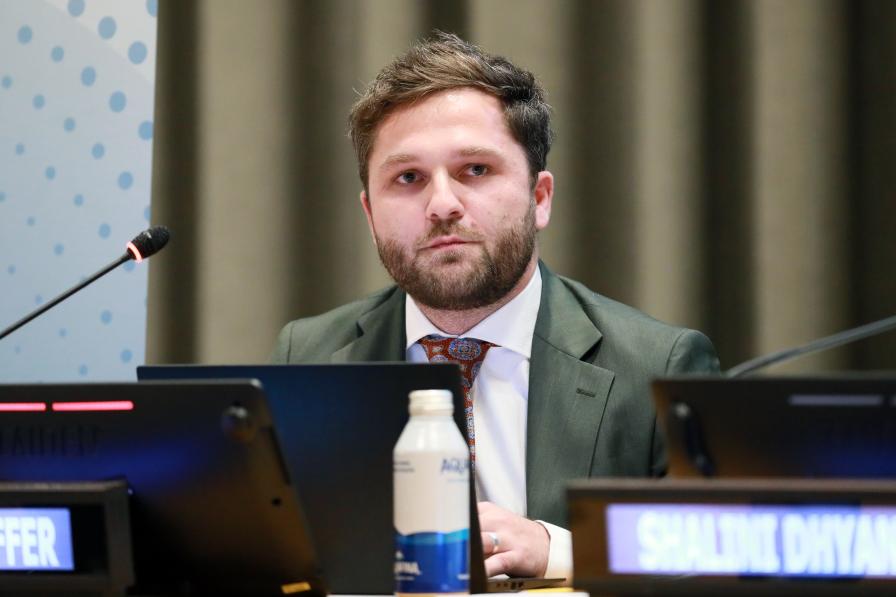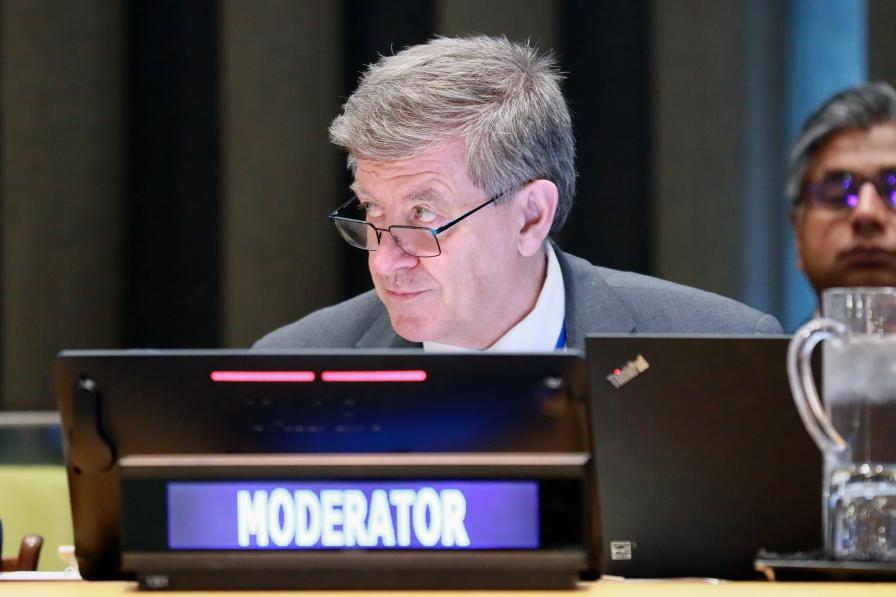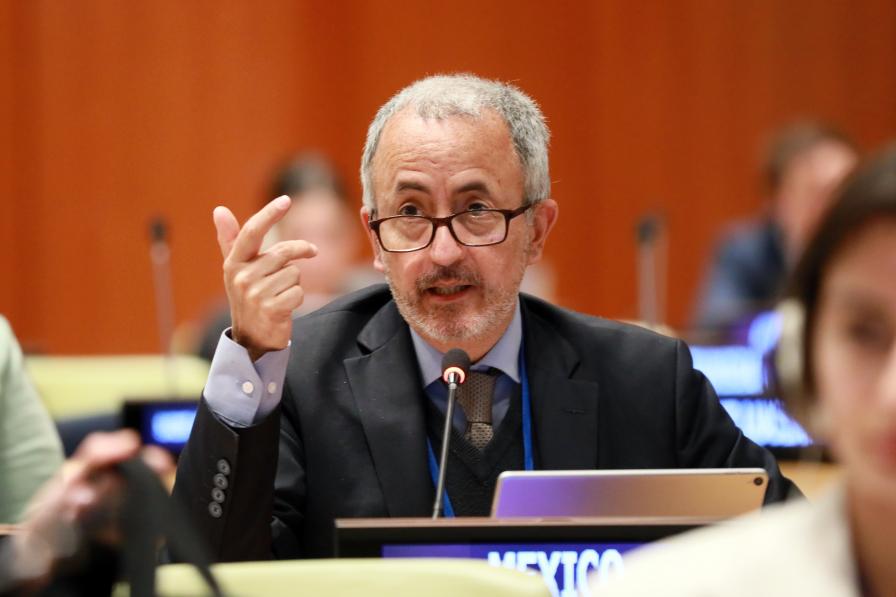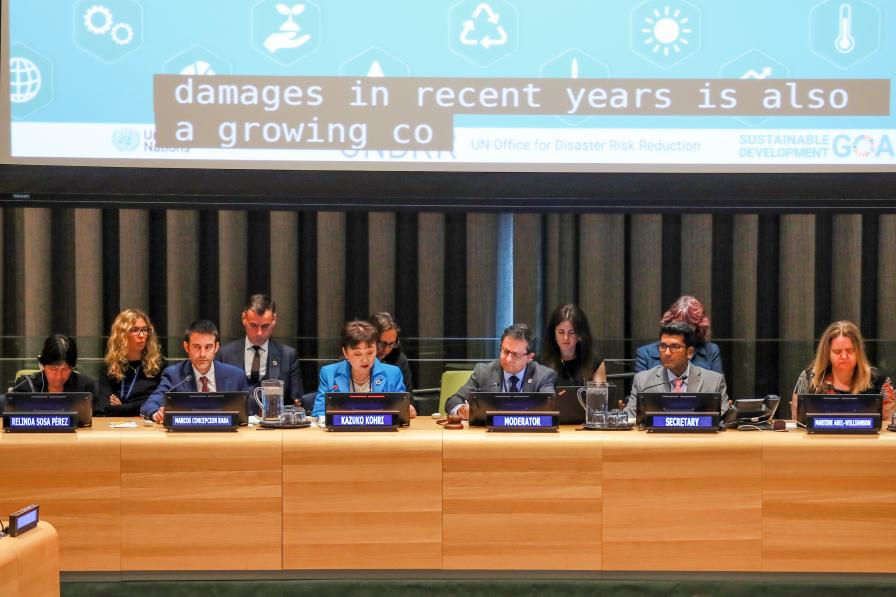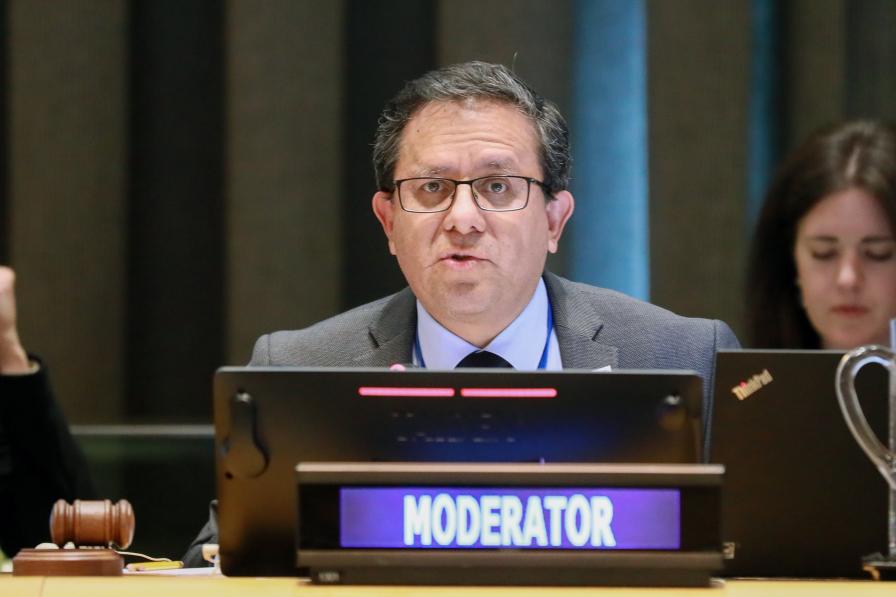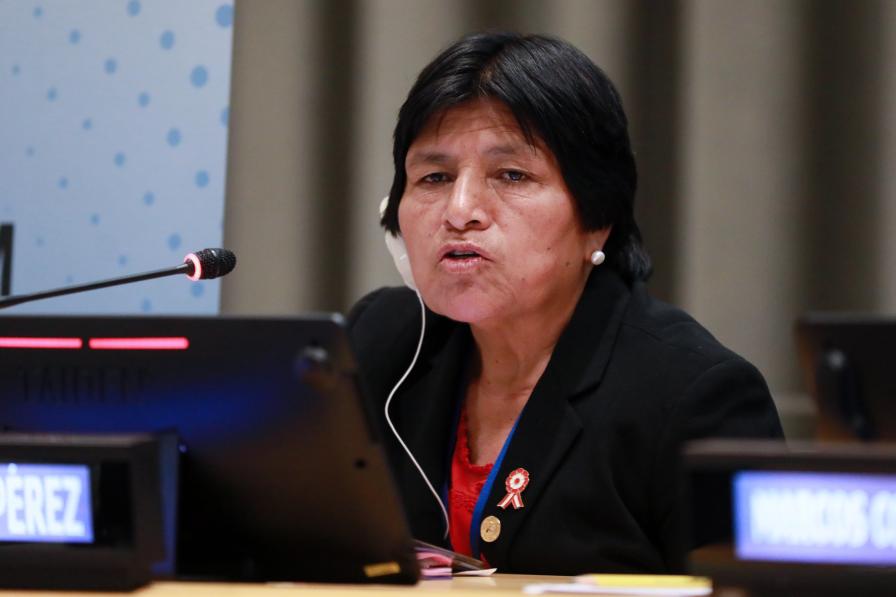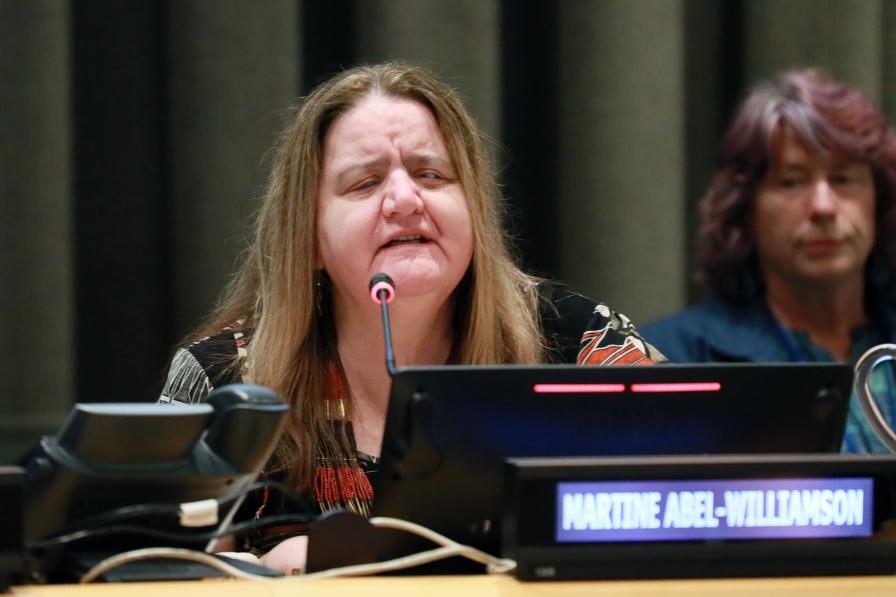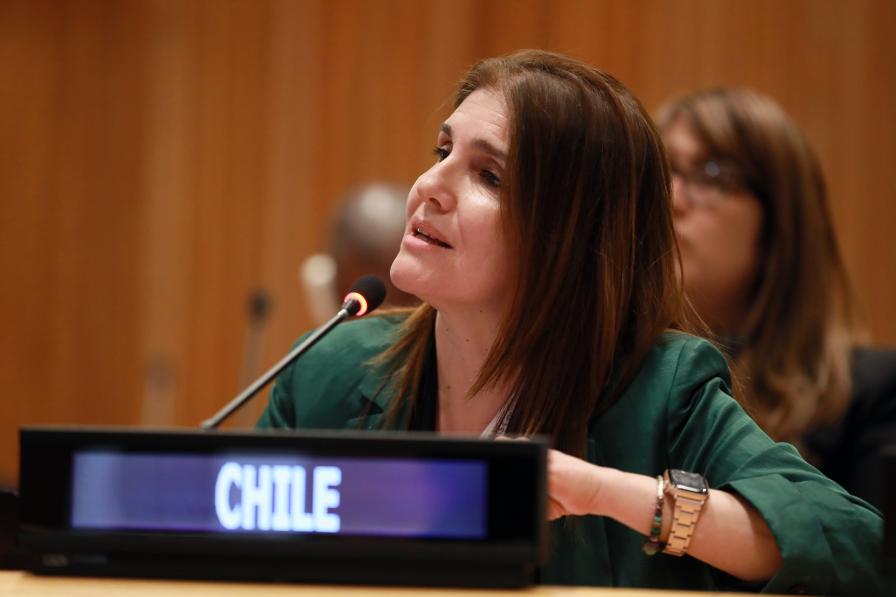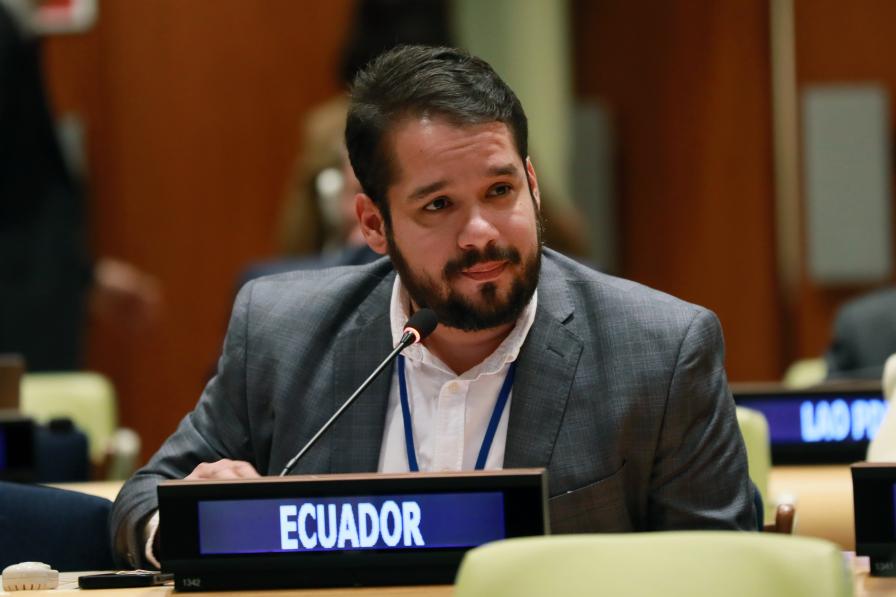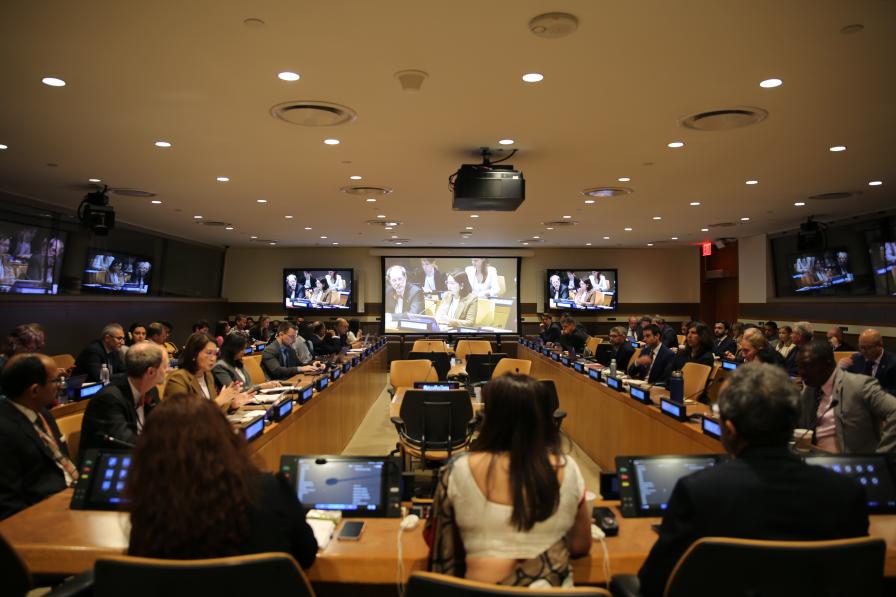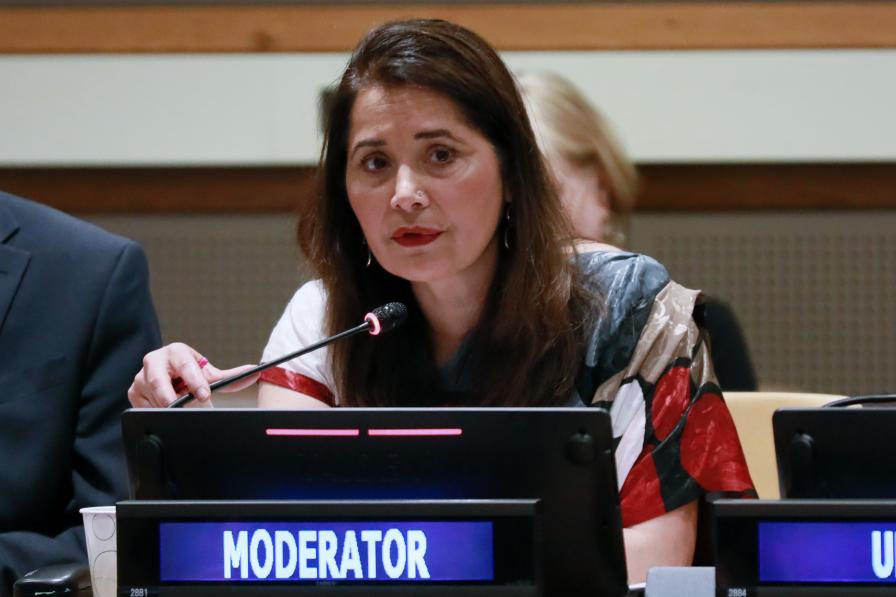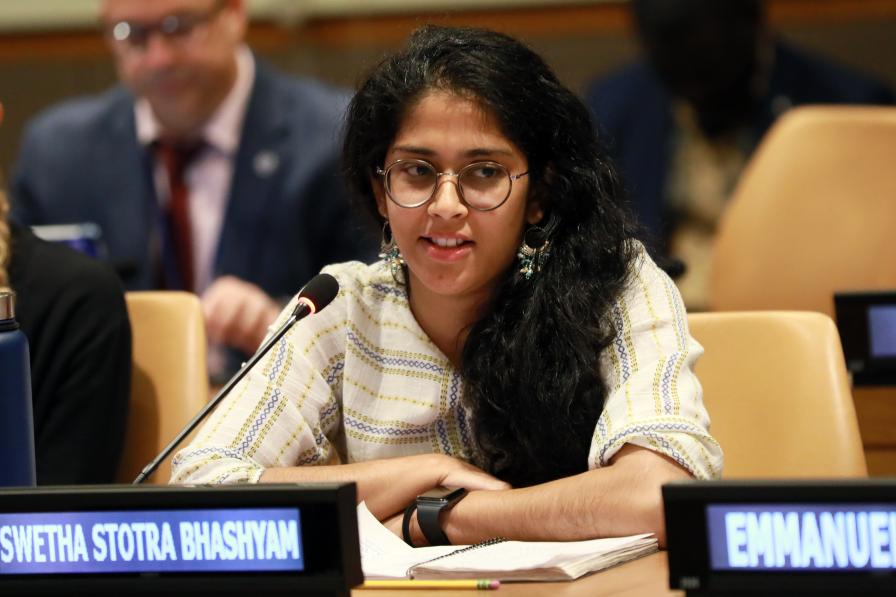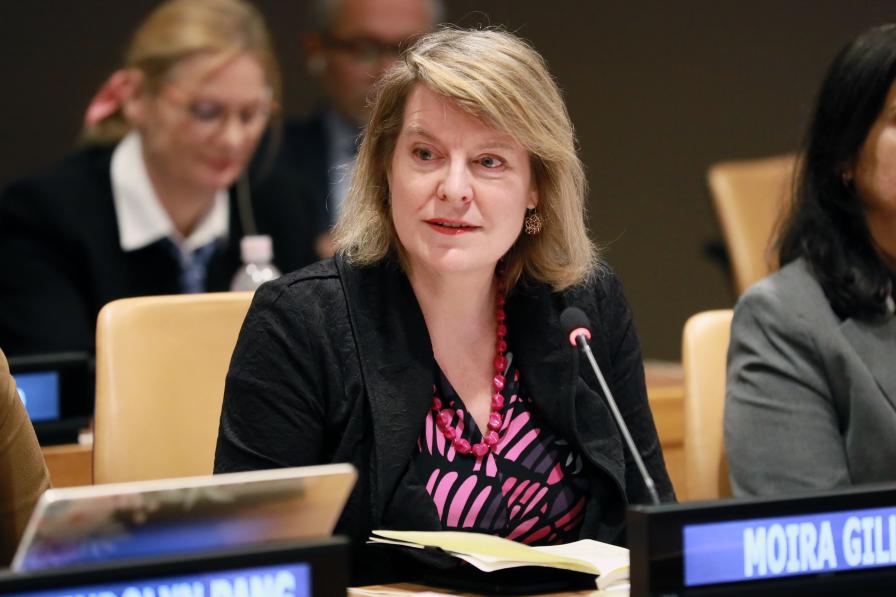The High-Level Meeting of the UN General Assembly (UNGA) on the Midterm Review of the Sendai Framework for Disaster Risk Reduction 2015-2030 concluded on Friday.
The morning opened with a standing-room only event under the Risk Reduction Hub co-hosted by the UN Office for Disaster Risk Reduction (DRR), the UN Environment Programme (UNEP), and the Partnership for Environment and Disaster Risk Reduction (PEDRR). The event, “Working with Nature for Resilience,” drew diverse actors and governments who shared views on biodiversity, nature-based solutions, and ecosystem-based approaches.
“The way we manage our relationship with nature will determine our future,” said Jamil Ahmad, Director, Intergovernmental Affairs, UN Environment Programme New York Office, commenting that the financial gap for actioning nature-based solutions (NbS) is close to USD 4.1 trillion to 2050. “Investments need to triple for NbS,” he said.
A number of governments described their country’s integrated nature-disaster-climate challenges. Ivete Maibaze, Minister of Land and Environment, Republic of Mozambique, said 11 cyclones had hit Mozambique since 2015, underscoring that harmonized national plans were essential. Trevor Bhupsingh, Public Safety, Canada, described an “exceptional wildfire season” in his country, noting that First Nation Indigenous Peoples had long predicted this but that knowledge had not been mobilized and should be.
Four multi-stakeholder panels took place over the course of the day. In a panel on risk governance for the 21st century, many speakers discussed the need for networks at local levels and a “nested” approach that cuts across sectors and stakeholders.
The Youth Innovation Lab called for addressing data gaps, highlighting the limited technical capacities of local governments.
In a panel on de-risking investment and reconfiguring the global financial system, speakers pointed to the significant potential to innovate financial architecture with many giving examples. One participant noted that the role of finance is highlighted in the Sendai Framework, the Paris Agreement, the Global Biodiversity Framework, and yet the global financial system, which is aligned with a 3 degree Celsius temperature rise, is contributing to our failure to achieve these targets. The dialogue drew attention to the establishment of the UN Office for Disaster Risk Reduction (UNDRR) Investment Advisory Board one day prior at the High-Level Meeting. This group, comprising 10 private sector professionals from diverse areas of finance, will inform public-private partnerships, private capital, and private sector funding for the Sendai Framework.
In a panel on strategic foresight and accelerating implementation of the 2030 Agenda, participants discussed technology as a solution and as a risk, such as artificial intelligence, as well as data integration, forecasting, and communication of risk. UNEP highlighted its partnership with the International Science Council, including on a foresight expert panel.
In a panel on collective responsibility and localizing DRR, speakers provided a number of examples of local action. Marcos Concepcion Raba, Executive Director, Global Network of Civil Society Organizations for Disaster Risk Reduction (GNDR), an organization that co-chairs the UNDRR Stakeholder Engagement Mechanism, discussed the Views From the Frontline initiative. This initiative gathers perspectives and inputs from more than 800 communities in more than 50 countries on disaster risk.
Mami Mizutori, Special Representative of the UN Secretary-General for Disaster Risk Reduction and Head of UNDRR, said that the Midterm Review and the Declaration show that risk-informed sustainable development is at the center of the global political agenda and there is a global recognition of cascading impacts of disasters. She stressed the need to move from managing disasters to managing disaster risk, investing in risk management, and understanding risk governance. She called for allocating increased domestic resources to ensure DRR is mainstreamed in public budgeting, expenditure, investment, and procurement processes, developing incentives for private investment in DRR and integrating DRR in the work of financial authorities, addressing market failures.
UNGA President Csaba Kőrösi urged understanding the interdependencies between water, energy, food, health, trade, the financial system, and the environment, as well as the dynamic nature of risk. He emphasized the need to move away from reactive and short-term thinking towards proactive policies that address vulnerabilities and uncertainties. Stressing that “failing to prepare we prepare to fail,” he called on states to develop permanent risk assessment and management capabilities at the highest national level by 2030, and establish a facility for de-risking in the financial system. He thanked all delegates and participants, and gaveled the meeting to a close at 6:08 pm.
The Earth Negotiations Bulletin Summary and analysis of the High-Level Meeting of the Midpoint Review of the Sendai Framework for DRR will be available on Monday, 22 May 2023 at https://enb.iisd.org/midterm-review-sendai-framework-disaster-risk-reduction.
Multistakeholder Panel: Strategic Foresight and Risk Reduction to Accelerate Implementation of the 2030 Agenda for Sustainable Development
Working with Nature for Resilience
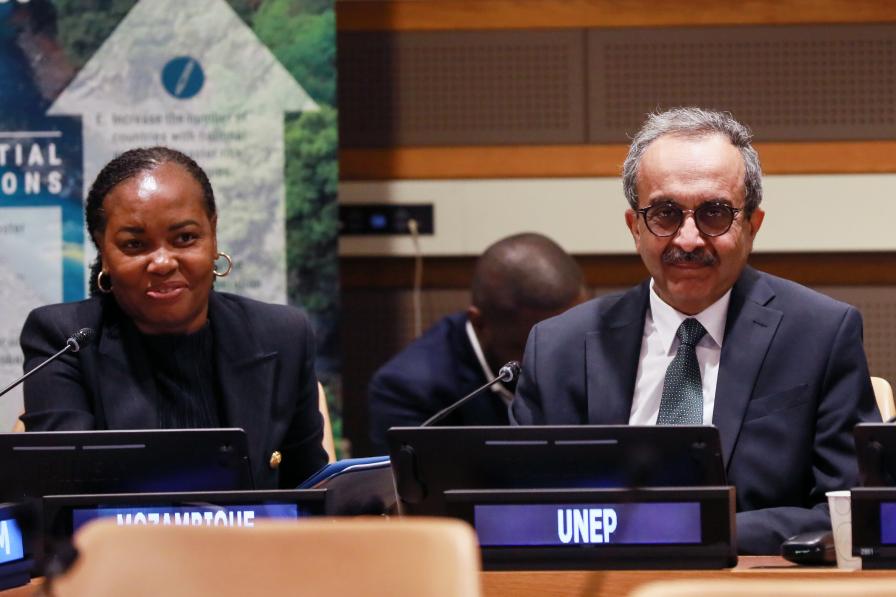
Ivete Maibaze, Minister of Land and Environment, Mozambique, and Jamil Ahmad, Director, UNEP New York Office
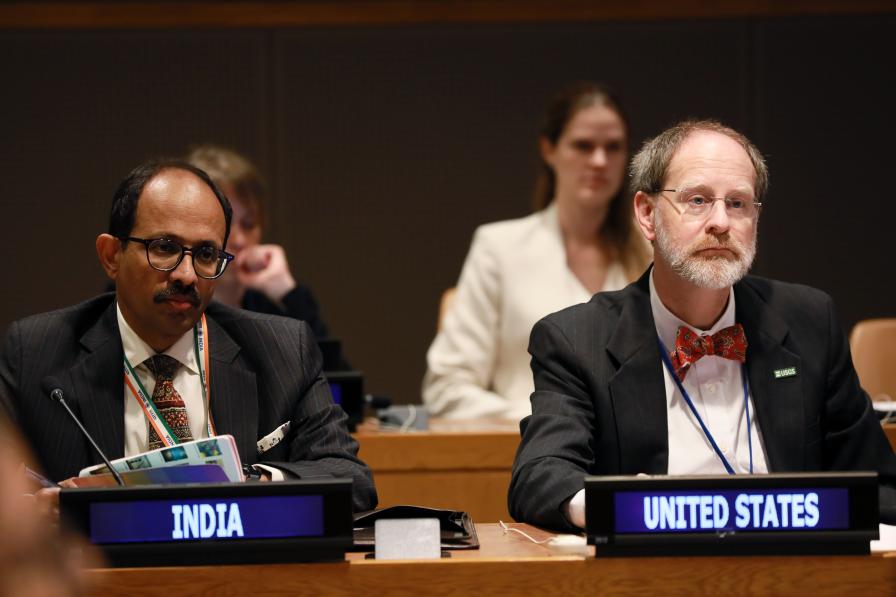
Kamal Kishore, National Disaster Management Authority, India, and David Applegate, Director, US Geological Survey
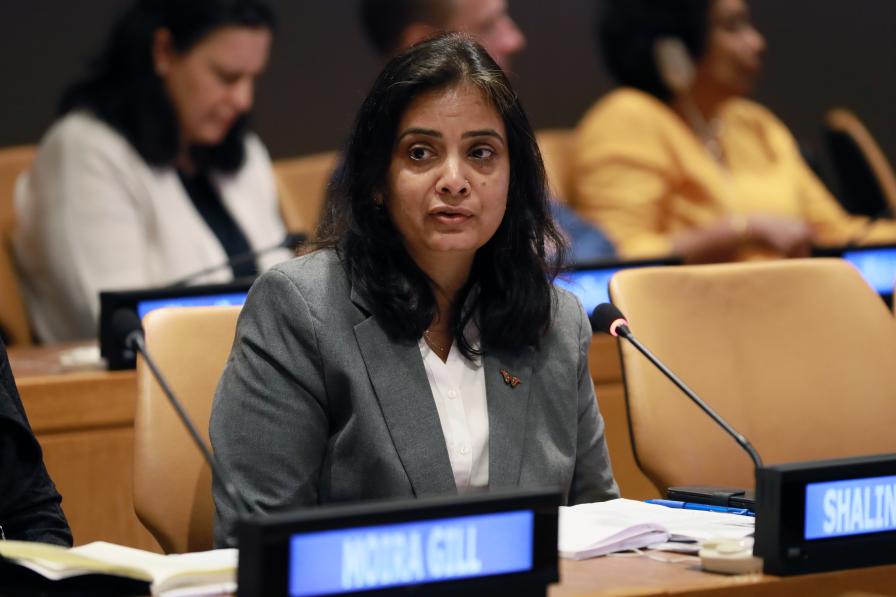
Shalini Dhyani, Principal Scientist, CSIR-National Environmental Engineering Research Institute, India
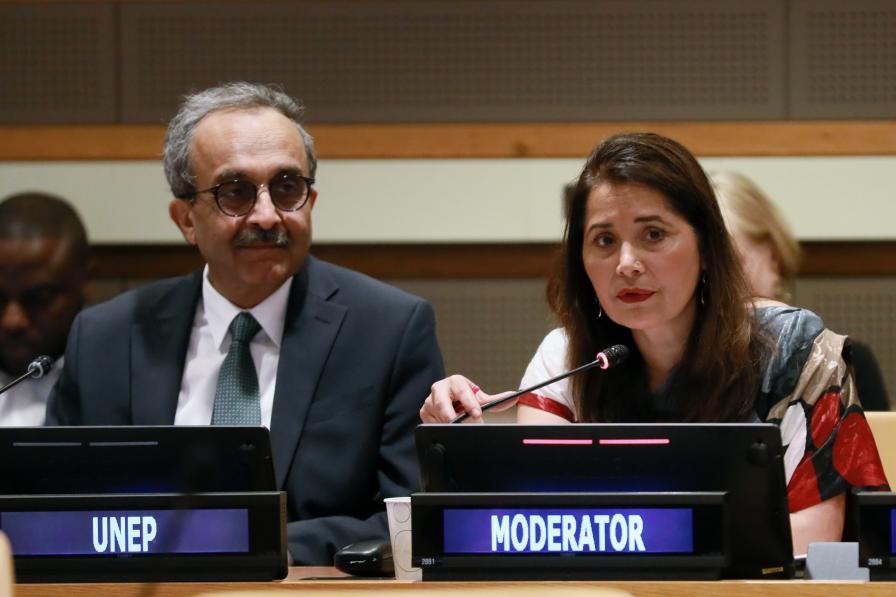
Jamil Ahmad, Director, UNEP New York Office, and Malini Mehra, Secretariat CEO, Non-Executive Board Member, GLOBE International
